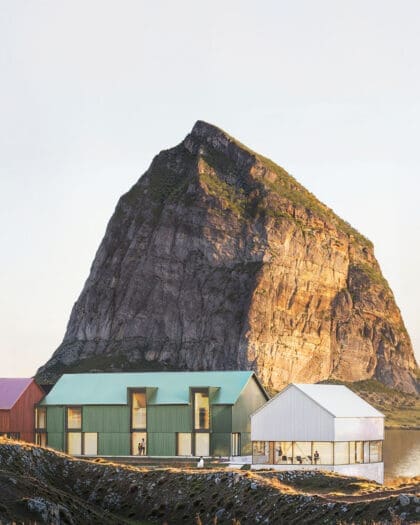
Eight food trends defining the world’s best restaurants
New-wave fusion food, reimagined drinks pairings and the democratisation of fine dining – here are the emerging food trends redefining how we eat
In recent years, destination dining has emerged as one of the defining reasons to travel. Landing a reservation at one of the world’s best restaurants offers a window into the imagination of a visionary chef, not only nourishing the stomach but telling a story of place and time, while providing diners with art, theatre and enlightenment.
But it hasn’t always been that way. In 1960s France, La Nouvelle Cuisine – a lighter, colourful take on traditional French cooking –became a dominant force, with many restaurants around the world following suit and importing French ingredients to demonstrate their prowess. Even just a decade ago, fine dining adhered to a far clearer set of norms. But fast forward to 2024 – following a period where shows such as Netflix’s Chef’s Table have done plenty to spotlight gastronomic brilliance from places beyond France, Italy and Japan – and it’s clear that influences are being drawn from a far more diverse pool.
This summer, chef Ana Ros hosted a dinner at her restaurant Hiša Franko in Kobarid, Slovenia, with Santiago Lastra from Kol, London. Dishes included hyper-local roebuck, oyster and kiwi, and a carnitas course with rhubarb pico de gallo and sungold salsa, combining Lastra’s British-influenced reinterpretation of Mexican with herbs and flowers foraged around Kobarid. This uncategorizable melding of Slovenian, British and Mexican influences highlights where cutting-edge gastronomy is at today.
So what are the food trends, movements and principles shaping the world’s top restaurants? From conversations with leading international chefs, eight landscapes of change stand out.
The food trends shaping the world’s dining scene in 2024


New tastemakers
Today it’s much harder now to pinpoint one clearly dominant force in global gastronomy. New Nordic pioneer Noma, which is set to close at the end of the year, has been the most influential force in recent decades, reorienting chefs towards the natural quality of ingredients and ancient preservation techniques. Before that, El Bulli’s ‘techno-emotional’ cuisine – think foams, spherification and liquid nitrogen freeze-drying – manipulated ingredients and the sensorial experience of the diner. El Bulli closed in 2011 but Disfrutar, which just topped The World’s 50 Best Restaurants list, is its most obvious heir, with a spherical olive and illusory desserts on its tasting menu. Another important influence is Mugaritz in the Basque Country, which combines Noma’s naturalism with El Bulli-level technique, where chef Andoni Luis Aduriz’s iconic dishes – including edible stones and a marshmallow Michelin Man with an intensely bitter coating made with oxidised wine – aim to challenge and provoke as well as to provide pleasure.
Where to try
Noma Refshalevej 96, 1432 København K, Denmark
Mugaritz Aldura Gunea Aldea, 20, 20100 Errenteria, Gipuzkoa, Spain
Disfrutar C. de Villarroel, 163, L’Eixample, 08036 Barcelona, Spain

Championing localism
Foraging for wild and forgotten varieties and sourcing ingredients directly from kitchen gardens using biodynamic and permaculture methods are now commonplace in restaurants. “We need to change the way we cook and consume, and move towards a circular gastronomy that respects the generations that will follow us,” says Argentine chef Mauro Colagreco of three Michelin-starred restaurant Mirazur, who promotes regenerative agriculture in his role as UNESCO’s ambassador for biodiversity.
Noma’s influence has been important in this shift, as has Dan Barber, chef and co-owner of Blue Hill at Stone Barns in Pocantico Hills, New York, whose book The Third Plate advocates for a much closer integration of ecology and gastronomy. In this pursuit, Barber is responsible for cultivating new vegetable varieties, engineered both for taste and local adaptability. Meanwhile, Ángel León at Aponiente in Spain, has restored marine habitats in the Bay of Cádiz and has discovered new food sources, such as marine phytoplankton and Zostera marina (“sea rice”), all of which supports his “cuisine of the sea” and promotes the preservation of the ocean.
Where to try
Blue Hill at Stone Barns 630 Bedford Rd, Tarrytown, NY 10591, United States
Aponiente C. Francisco Cossi Ochoa, s/n, 11500 El Puerto de Sta María, Cádiz, Spain
Mirazur 30 Av. Aristide Briand, 06500 Menton, France 630 Bedford Rd, Tarrytown, NY 10591, United States
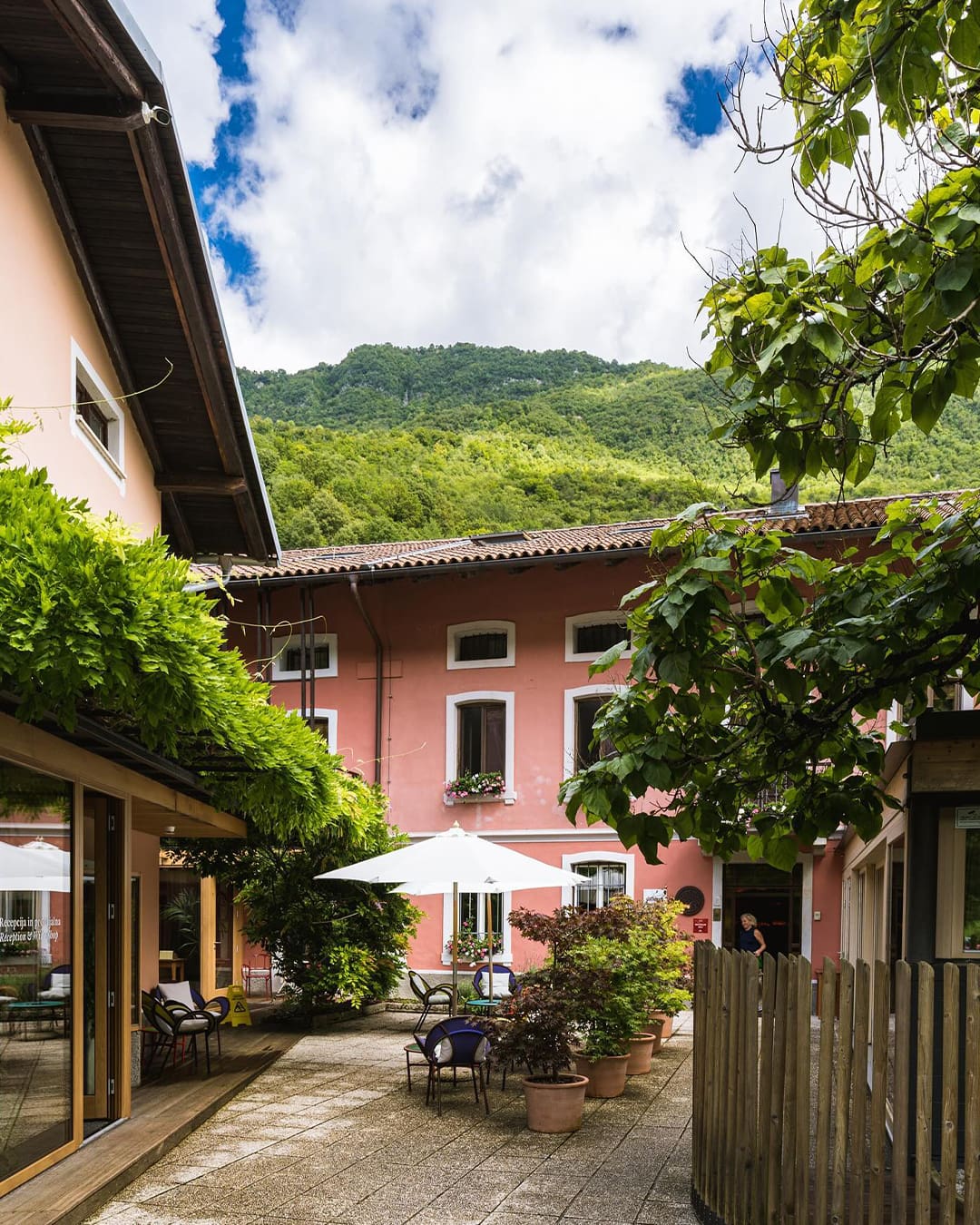

Letting personality shine
Whereas once it was opulent decor, luxury ingredients and the use of specific techniques that constituted a world-leading restaurant, what matters today to the chef, and especially to the diner, is “seeing that capacity to differentiate ourselves from one another”, according to Jorge Vallejo of Quintonil in Mexico City, which has two Michelin stars.
Given that greater connectivity increases the risk of homogenisation in plating, ingredients and mindset, many restaurants are articulating a sense of imitability and personalisation in their menus and restaurant design. At Quintonil, Vallejo’s twist on Mexican cuisine puts a greater focus on herbs, such as the quintonil it’s named after, and alternative approaches to the role of salsa and techniques like nixtamalization. At Slovenia’s Hiša Franko, the walls are painted red, displaying quirky pieces of art, and dishes come with a story, such as the hay-baked potato with yeast-infused sour cream, inspired by an interaction with a farmer who persuaded Ros that his potatoes were extraordinary enough to justify the steep price of 1 EUR per potato.
Where to try
Hiša Franko Staro selo 1, 5222 Kobarid, Slovenia
Quintonil Av. Isaac Newton 55, Polanco, Polanco IV Secc, Miguel Hidalgo, 11560 Ciudad de México, CDMX, Mexico
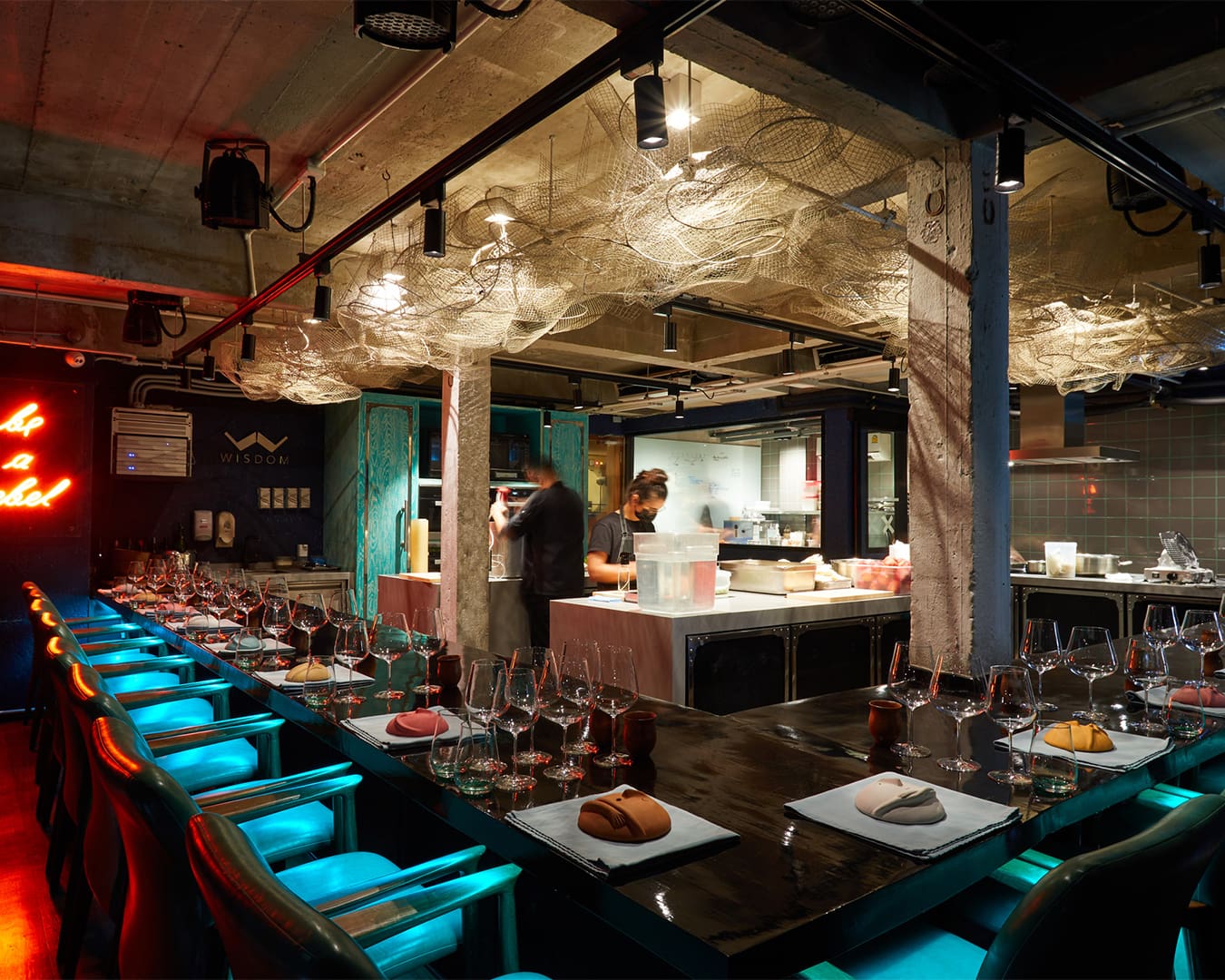
Fusion food, reimagined
Due to its association with at-times lazy appropriation of non-Western ingredients by Western chefs, “fusion food” had fallen out of favour in recent years, but today we’re witnessing more confident forms of culinary blending. “Chefs are trying to get a deeper understanding of different cultures through food,” says La Liste’s New Talent of the Year 2024, Vanika Choudhary – who reimagines Indian cooking with indigenous ingredients and a globally oriented outlook on fermentation, borrowing techniques from South Korea and beyond.
Fusion has always been a naturally occurring process in cosmopolitan cities but even there it is moving in new ways. Nikkei cuisine in Peru, for example, was first conceived as a blending of Japanese cuisine and Peruvian ingredients – as promoted by Mitsuharu Tsumura, chef/owner of Maido. Peru’s biodiversity, combined with the effects of immigration is what “makes Peruvian cuisine unique,” he says. Nikkei is an evolving process and has become a Peruvian cuisine buttressed by Japanese techniques. With Tsumara’s plans to bring in flavours and techniques from China and Southeast Asia, Maido offers a poignant example of this new pattern, also seen at Gaggan in Bangkok, through its progressive Indian cuisine enhanced by French, Thai and Japanese influences.
Where to try
Maido Ca. San Martín No. 399, Miraflores 15074, Peru
Gaggan 68/1 Soi Langsuan, Khwaeng Lumphini, Pathum Wan, Krung Thep Maha Nakhon 10330, Thailand

Drinks pairings, reimagined
The rise of localism, respect for nature and sustainability efforts has meant a greater attention to the origins of drinks, meaning the relationship between food and drink has moved in new directions. Beginning with Noma, natural, biodynamic and organic wines have become a crucial part of the offering at many of the world’s best restaurants, with sommeliers offering wines with a unique character, such as skin contact and oxidative wines, that often work better than big-hitters from Bordeaux or Burgundy.
Elsewhere, surplus ingredients and waste from the bar, kitchen or garden are also taking our palates in bold new directions. At the likes of L’Enclume, Hiša Franko and Mirazur, this has meant a total revolution in soft drinks pairing. For Ros, the juicy pairing at Hiša Franko, which involves the production of fermented juices, amazakes and aged kombuchas, “proves what it means to have two complementary menus that really talk to each other.” Here, a tomato and melon juice served with a summer harvest salad of rhubarb and herbs from the kitchen garden, for instance, offers a balance of freshness that shines another light on the potential of pairing.
Where to try
L’Enclume Cavendish St, Cartmel, Grange-over-Sands LA11 6QA
Hiša Franko Staro selo 1, 5222 Kobarid, Slovenia

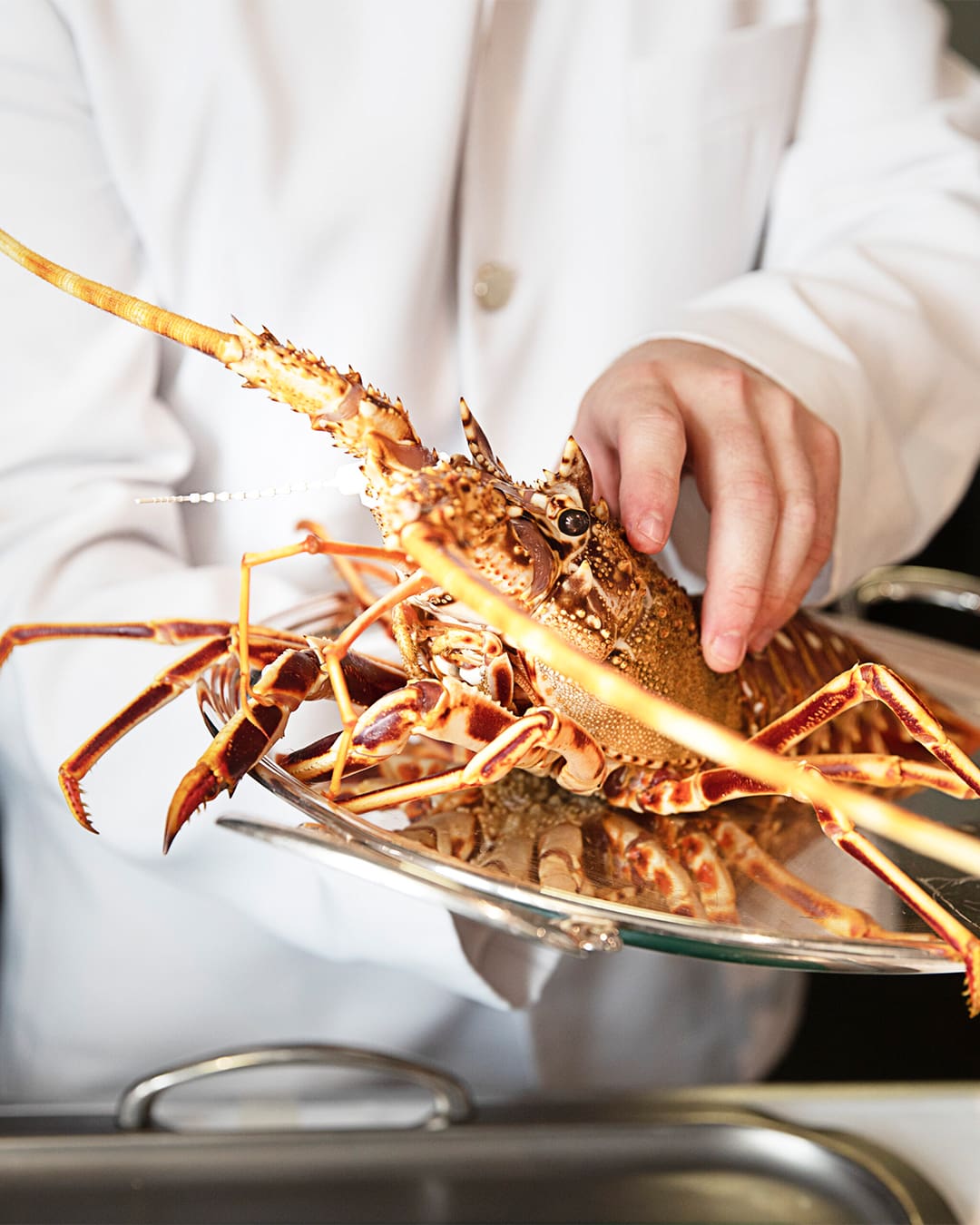
Ditching traditional structures
The fine-dining journey used to be set in stone, beginning with amuse-bouches, bread, starters and courses of fish and meat followed by sweet desserts and petit fours. This is increasingly being played with through the introduction of sweet snacks, savoury desserts and more umami, sour tones or fruit across the menu. This can be subtle, such as at the two-starred Le Clarence in Paris, where chef Christophe Pelé combines seafood, animal fats and fruit in novel ways, and where bread and snacks come at surprise stages of the meal.
A more radical approach has been taken at Disfrutar. “Perhaps unintentionally, we ended up making a very marked fusion of the sweet world with the savoury world,” says Mateu Casañas, one of the restaurant’s trio of leading chefs. For him, ingredients “have a soul that is completely viable to see in the sweet world and also in the opposite direction,” as reflected in dishes that include a pigeon tart with cocoa pulp sorbet or a cucumber hoisin dessert.
Where to try
Disfrutar C. de Villarroel, 163, L’Eixample, 08036 Barcelona, Spain
Le Clarence 31 Av. Franklin Delano Roosevelt, 75008 Paris, France
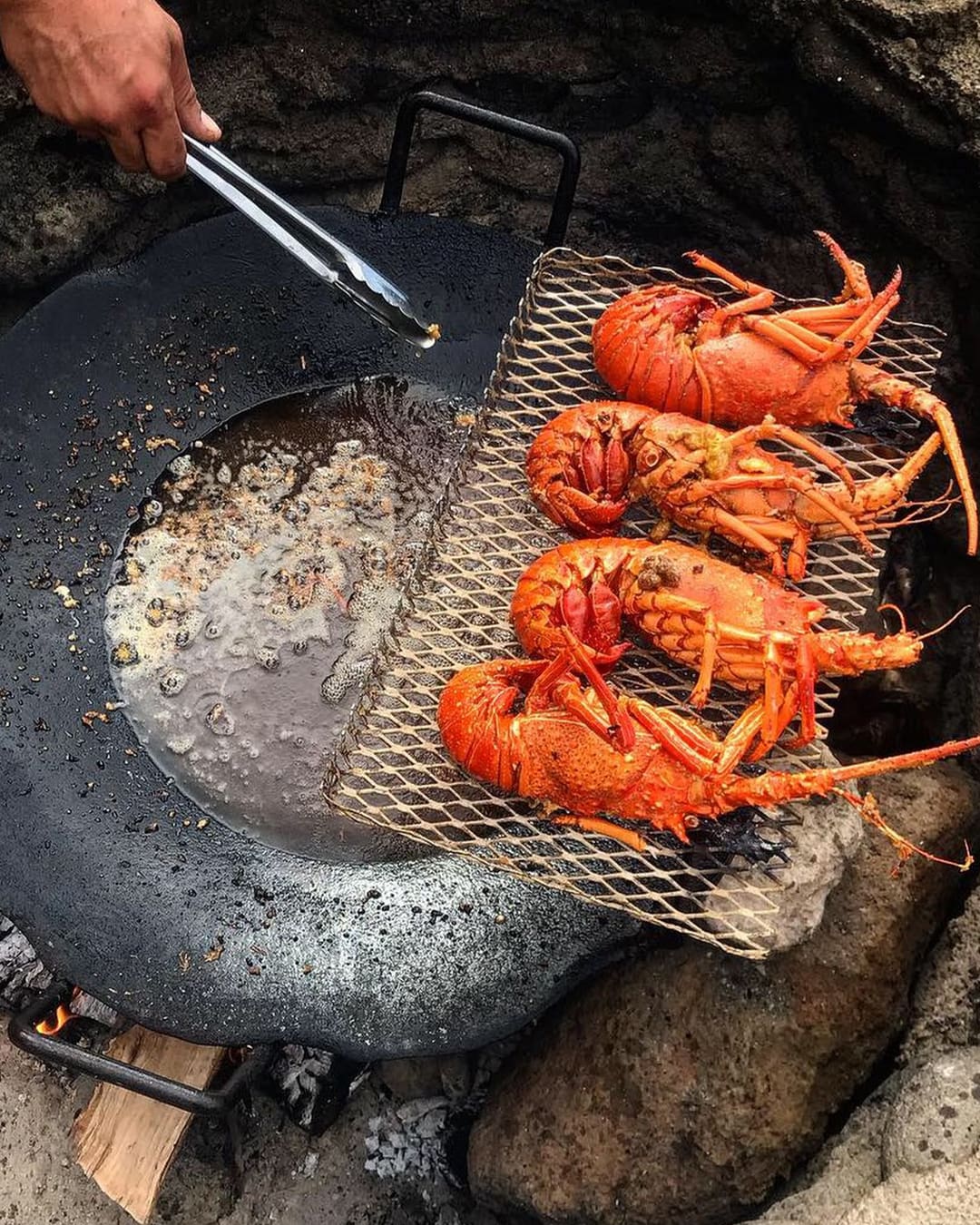

Spotlighting diversity
The range of cuisines gaining recognition on the global stage is becoming more diverse. The Michelin Guide continues to broaden its scope, with recent expansions into countries like Turkey, Vietnam and Lithuania, while this year’s World’s 50 Best list highlights the exceptional achievements of foreign cuisines in major cities around the world. Listed at 17th, Kol’s Mexican-British concept is London’s highest-ranked restaurant right now, while in New York it’s Korean fine-dining restaurant Atomix, which came sixth. Similarly, the best restaurant in Bangkok is progressive Indian and neo-fusion restaurant Gaggan, which finished ninth, and the best in Dubai is Indian fine-dining Trèsind Studio, ranked 13th.
In London, West African cuisine has been continually acclaimed, with one Michelin star awarded to both Akoko and Chishuru this year, following Ikoyi, whose fusion of West African cuisine with other elements gained two stars in 2022. Joké Bakare, chef/owner of Chishuru, believes we may start seeing rising chefs in West Africa as a result, stating “you can’t be what you can’t see.”
Where to try
Atomix 104 E 30th St, New York, NY 10016, United States
Chishuru 3 Great Titchfield St., London W1W 8AX
Kol 9 Seymour St, London W1H 7BA
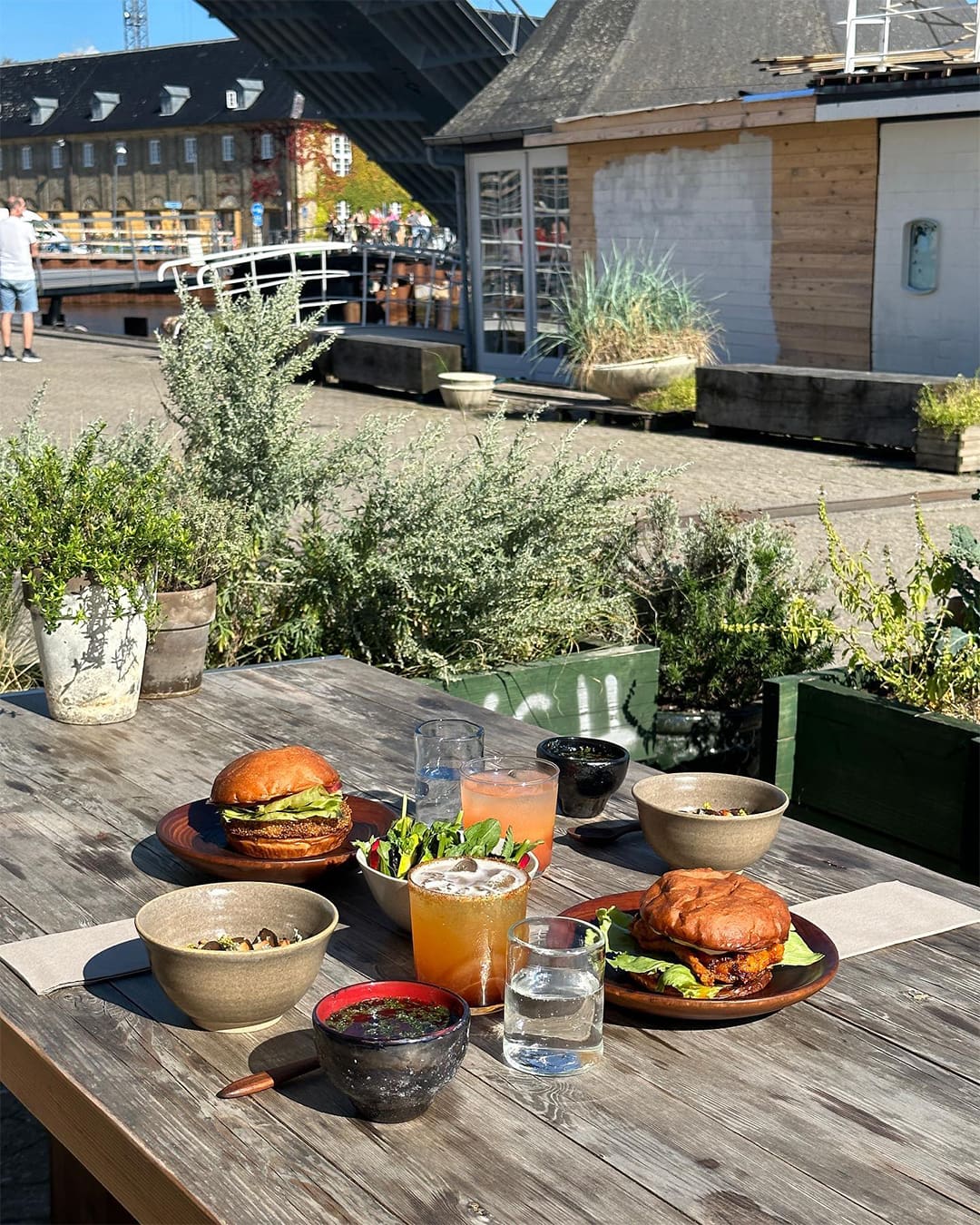
Dialling down formality
Gone are the days of stuffy waiters, austere furnishings and jackets-only policies, “We work hard to achieve a world-class level of service that is noticeably relaxed,” says Rogan. “It certainly helps to break down barriers and creates a better platform for our guests to engage with us.”
Casualisation also applies to the increasing attempts to provide high-quality experiences to a new set of customers. There’s Noma’s burger joint, POPL, in Copenhagen, while Septime in Paris hosts raclette, burger and taco parties. One chef who takes this particularly seriously is Tsumara, who has a fast-casual restaurant in Santiago, Chile, and has developed a ramen bar and other concepts for the new airport in Lima, in pursuit of what he calls “democratising deliciousness.”
Where to try
POPL Strandgade 108, 1401 København, Denmark
Karai by Mitshuharu W Santiago, Isidora Goyenechea 3000, piso 4, 7550000 Las Condes, Región Metropolitana, Chile

